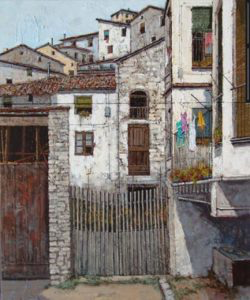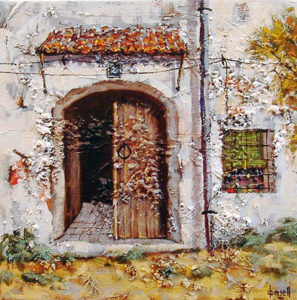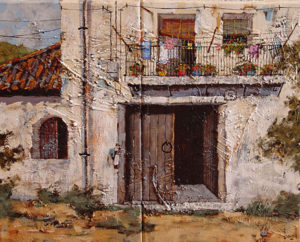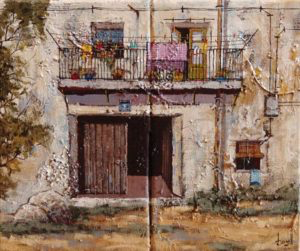BARCELONA, 1948 Borrell
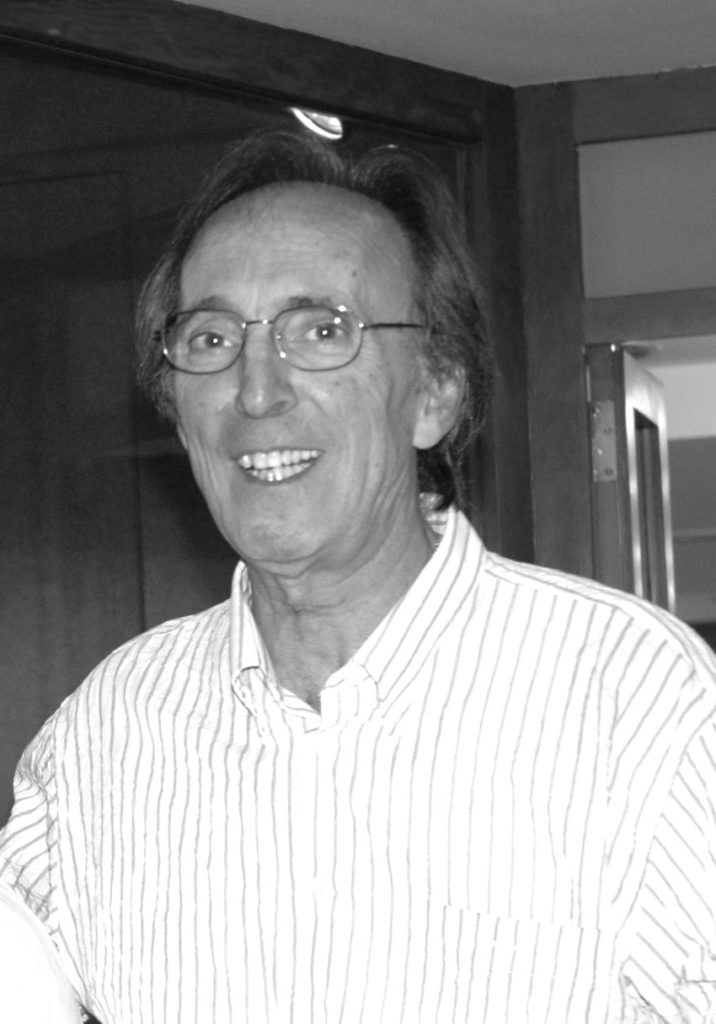
It makes a tour of various corners of the Catalan geography in search of rustic images captured with mixed media where the textures acquire special relevance.
Jaume Borrell paints scenes of rural towns that seem anchored in the past but in which the present elements appear.
BIOGRAPHY
He studied fundamentally in drawing at the Martínez school of the Maldà galleries in Carrer de Portaferrisa and, later, he went to the Massana school. After many years of work he finds his way, a way of doing that sets him apart. His treatment of the landscape, which highlights the old and humble homes of our people, especially the Pyrenees, is the reason that attracts him most. And all with the peculiarity that the fabrics that contain the paintings are always formed by more than one piece, that is, together fabrics, even of unequal formats, that with the game of textures and thicknesses help to transmit these facades and this form to do different It has a great capacity for observation and, always with naturalness, puts it at the service of a meticulous description that goes beyond what is customary to ask for the painting that he practices. The color serves to make the forms, daughters of community needs and customs that come from afar, humanized and explain the effort, standards, needs and improvisations of some people who, located within the rural area, in contact with nature, you know, many times better than us, as is the world. And he explains it to us with well structured pictorial phrases.
JAUME BORRELL’S PICTORICAL HARMONY
by Josep M. Cadena
In two previous exhibitions of Jaume Borrell in the Sala Rusiñol of Sant Cugat, which I presented and tried as I do with the current show, I praised the ability of the painter to show the strength of our rural world. And I have to say that, seeing his most recent paintings, the author keeps intact the talent to translate artistically some aspects of the collective personality of the field that remain firm despite the presence of manifestations of modern society.
Jaume Borrell is faithful to an imaginary that shows that the essence lasts although the forms mutate. The represented human nuclei give off an aroma of immemorial times, in which agricultural and livestock activities dominated the economy. The bell tower of the church still stands above the roofs of the houses, and Castellfollit de Riubregós or Torá preserve the memory of the farmers. Also, Navarcles is still a stop on the road to Santiago, and in the streets of Bellver de Cerdanya you can believe hearing the rumor of confrontations between nyera and puppies.
However, despite the weight of the past, advances in progress are present. The telephone wires that enable communication between people hang from the facades of old houses. Water pipes that avoid going to the source enter the homes. Traffic signs order traffic. Fashionable jeans are dried on a clothesline. And a motorcycle that allows you to take the road in the direction of other towns waiting in front of a portal. The lesson we draw is that respect for seniority should not be incompatible with the technology that gives us day-to-day. One reason that stands out in the oils are the half-open doors. The address is the redoubt of privacy, and it is natural that there is a resistance to allow the entry of intruders. But we are social animals and we need to deal with others, that is why we have to be receptive to those contacts that enrich and extend the vital perspective. The artist believes in the dialogue between disparate points of view, which exemplify a white-haired grandmother gathered and a grandson with short shorts to a balcony or a tanned-skinned father for outdoor work who walks beside a son with school backpack on the back.
Jaume Borrell paints scenes of rural towns that seem anchored in the past but in which the elements of the present loom. In his paintings, which I invite you to enjoy, the harmonic meaning of the shapes and colors stands out, a reflection of the balance that the artist desires for society and which we hope we will achieve.
Exhibitions
BORRELL
“MORE THAN EVER; OUR TOWNS…”
BORRELL
“CORNERS OF LA CERDANYA”
BORRELL
“THE BEAUTY OF WHAT IS OLD”
